Are dark-skinned models getting a raw deal on the runway or in campaigns? After Hrs debates...
Last week, model Nykhor Paul, a regular face at Balenciaga and Rick Owens took to Instagram to address fashion’s ongoing racism problem. The Sudan-born model shared a photo of herself with a caption rebuking the industry’s make-up artists, who don’t supply dark foundation for dark-skinned models at runway shows: “Why do I have to bring my own make-up to a professional show when all the other white girls don’t have to do anything, but show up,” Paul wrote. “I’m tired of complaining about not getting book (sic) as a black model and I’m definitely super tired of apologising for my blackness!!!!”
This isn’t a one-off case! Junya Watanabe’s menswear SS16 show saw an Africa-inspired line-up. The cast, on the other hand, offered a different message. Not a single dark-skinned model walked the runway. The show evoked outrage on Twitter with people calling it “a blatant act of whitewashing and cultural theft.”
The racism debate is nothing new and there’s definitely been a dialogue about it. The July 2008 issue Vogue Italia featured black models, photographed by Steven Meisel and carried articles pertained to black women. However, it’s still to permeate into mainstream fashion. Here’s what our designers felt...
Rakesh Thakore
Our colouring is dark brown. Everyone wants to work with fair girls — be it ramp or covers. Blonder the better, fairer the better. Now we’re slowly accepting dark girls and it’s fantastic that we are moving on. It’s exciting to see more visibility for dark complexion models. Look at Naomi Campbell. In Nykhor’s case, it’s such a shame that they didn’t do her make-up.
Anupama Dayal
A few years ago, nobody would have thought of using a Naga girl. Even print ads never saw usage of dark-skinned girls. In this case, practicality may have been the issue. I can’t believe that make-up artists would be racist. I think referencing Africa as exotica is a good starting point. It takes time for an aesthetic to go mainstream. Indian girls like Bhumika have been accepted internationally.
Anita Dongre
Racism in the industry has majorly subsided in the past few years and it is refreshing to see the industry working for a larger audience. The vibe of the fashion industry is changing and from where I see it, it doesn’t confine to norms. What we must understand as designers is that we design clothes for people; their origin or colour of skin doesn’t matter. Ideal fashion is all inclusive.
Rimple and Harpreet Narula
As an industry, Indian designers are liberated when it comes to the choice of models. In fact, most of us prefer to use dusky or dark-skinned models for shoots, as the rich jewel tones of the outfits look very striking against darker skin tones. I am actually planning on getting a model of African origin for my next campaign. In the West, over 80 per cent of the girls are either from Brazil or Eastern Europe, which may be why make-up artists do not carry the required products for dark-skinned girls — a situation that must be rectified because fashion is art and art isn’t racist!
Payal Khandwala
Perhaps some of this representation is tokenism. Maybe, brands are trying to be politically correct, but someone’s got to start somewhere. In India, too, people are averse to experimentation and they have preconceived notions — ‘that’s a sadhu baba hairdo’. I think sadhus are the most stylish individuals and their style is more need-based, where comfort come first — a key things which we forgot over time.
Shweta Kapur
It’s more about clothes — who’s wearing your clothes — the model could be white, black or brown as long as the clothes and the presentation look good. It’s about aspiration. It’s about making the clothes look good on whoever. A particular thing can work on both the lighter or darker skin tones. We tend to overthink or overanalyse it. If Nykhor’s facing something like this on a regular basis, it’s not fair and shows that the make-up artists are not professional enough. You can’t throw a tantrum and I’m sure she reached a point when she couldn’t take it in anymore.
Sana and Sulakshana
Unfortunately, situations like this are believable and there is an obvious lack of diversity but we believe that every skin colour can project clothes beautifully if carried off with good body language.
Shruti Sheth
Racism exists everywhere and not just in fashion! It is my belief that dark skin is more beautiful and more glamorous especially the mocha Indian skin tone. We are still hung over by the notion that fairness equals to beauty. While we are no longer ruled, the slave mentality has not really gone away.
![submenu-img]() 'They unilaterally took some measures': EAM Jaishankar on new Nepal 100 rupee currency
'They unilaterally took some measures': EAM Jaishankar on new Nepal 100 rupee currency![submenu-img]() Meet Ice Cream Lady of India, who built Rs 6000 crore company, started with small investment of Rs…
Meet Ice Cream Lady of India, who built Rs 6000 crore company, started with small investment of Rs…![submenu-img]() ‘Canada a rule-of-law country’: PM Trudeau after 3 Indian arrested over Hardeep Nijjar's murder
‘Canada a rule-of-law country’: PM Trudeau after 3 Indian arrested over Hardeep Nijjar's murder![submenu-img]() Viral video: Specially-abled girl’s energetic dance to Bollywood song wows internet, watch
Viral video: Specially-abled girl’s energetic dance to Bollywood song wows internet, watch![submenu-img]() 'Baap re baap': Imtiaz Ali reveals Diljit Dosanjh was scandalised by old women's 'vulgar' improvisation on Chamkila set
'Baap re baap': Imtiaz Ali reveals Diljit Dosanjh was scandalised by old women's 'vulgar' improvisation on Chamkila set![submenu-img]() DNA Verified: Is CAA an anti-Muslim law? Centre terms news report as 'misleading'
DNA Verified: Is CAA an anti-Muslim law? Centre terms news report as 'misleading'![submenu-img]() DNA Verified: Lok Sabha Elections 2024 to be held on April 19? Know truth behind viral message
DNA Verified: Lok Sabha Elections 2024 to be held on April 19? Know truth behind viral message![submenu-img]() DNA Verified: Modi govt giving students free laptops under 'One Student One Laptop' scheme? Know truth here
DNA Verified: Modi govt giving students free laptops under 'One Student One Laptop' scheme? Know truth here![submenu-img]() DNA Verified: Shah Rukh Khan denies reports of his role in release of India's naval officers from Qatar
DNA Verified: Shah Rukh Khan denies reports of his role in release of India's naval officers from Qatar![submenu-img]() DNA Verified: Is govt providing Rs 1.6 lakh benefit to girls under PM Ladli Laxmi Yojana? Know truth
DNA Verified: Is govt providing Rs 1.6 lakh benefit to girls under PM Ladli Laxmi Yojana? Know truth![submenu-img]() Streaming This Week: Heeramandi, Shaitaan, Manjummel Boys, latest OTT releases to binge-watch
Streaming This Week: Heeramandi, Shaitaan, Manjummel Boys, latest OTT releases to binge-watch![submenu-img]() Remember Ayesha Kapur? Michelle from Black, here's how actress, nutrition coach, entrepreneur looks after 19 years
Remember Ayesha Kapur? Michelle from Black, here's how actress, nutrition coach, entrepreneur looks after 19 years![submenu-img]() Remember Heyy Babyy's cute 'Angel' Juanna Sanghvi? 20 year-old looks unrecognisable now, fans say 'her comeback will...'
Remember Heyy Babyy's cute 'Angel' Juanna Sanghvi? 20 year-old looks unrecognisable now, fans say 'her comeback will...'![submenu-img]() In pics: Arti Singh stuns in red lehenga as she ties the knot with beau Dipak Chauhan in dreamy wedding
In pics: Arti Singh stuns in red lehenga as she ties the knot with beau Dipak Chauhan in dreamy wedding![submenu-img]() Actors who died due to cosmetic surgeries
Actors who died due to cosmetic surgeries![submenu-img]() DNA Explainer: Why Harvey Weinstein's rape conviction was overturned, will beleaguered Hollywood mogul get out of jail?
DNA Explainer: Why Harvey Weinstein's rape conviction was overturned, will beleaguered Hollywood mogul get out of jail?![submenu-img]() What is inheritance tax?
What is inheritance tax?![submenu-img]() DNA Explainer: What is cloud seeding which is blamed for wreaking havoc in Dubai?
DNA Explainer: What is cloud seeding which is blamed for wreaking havoc in Dubai?![submenu-img]() DNA Explainer: What is Israel's Arrow-3 defence system used to intercept Iran's missile attack?
DNA Explainer: What is Israel's Arrow-3 defence system used to intercept Iran's missile attack?![submenu-img]() DNA Explainer: How Iranian projectiles failed to breach iron-clad Israeli air defence
DNA Explainer: How Iranian projectiles failed to breach iron-clad Israeli air defence![submenu-img]() 'Baap re baap': Imtiaz Ali reveals Diljit Dosanjh was scandalised by old women's 'vulgar' improvisation on Chamkila set
'Baap re baap': Imtiaz Ali reveals Diljit Dosanjh was scandalised by old women's 'vulgar' improvisation on Chamkila set![submenu-img]() This actor, who worked with Karan Johar and Farhan Akhtar, gave superhit shows, saw failed marriage, killed himself at..
This actor, who worked with Karan Johar and Farhan Akhtar, gave superhit shows, saw failed marriage, killed himself at..![submenu-img]() Did you know Ranveer Singh's grandmother was popular actress? Worked with Raj Kapoor; her career affected due to...
Did you know Ranveer Singh's grandmother was popular actress? Worked with Raj Kapoor; her career affected due to...![submenu-img]() India's highest-paid TV actress began working at 8, her Bollywood films flopped, was seen in Bigg Boss 1, now charges...
India's highest-paid TV actress began working at 8, her Bollywood films flopped, was seen in Bigg Boss 1, now charges...![submenu-img]() Shreyas Talpade wonders if his heart attack was due to Covid vaccine: 'We don’t know what we have taken inside...'
Shreyas Talpade wonders if his heart attack was due to Covid vaccine: 'We don’t know what we have taken inside...'![submenu-img]() IPL 2024: Faf du Plessis, Virat Kohli help Royal Challengers Bengaluru defeat Gujarat Titans by 4 wickets
IPL 2024: Faf du Plessis, Virat Kohli help Royal Challengers Bengaluru defeat Gujarat Titans by 4 wickets![submenu-img]() IPL 2024: Why is Sai Kishore not playing today's RCB vs GT match?
IPL 2024: Why is Sai Kishore not playing today's RCB vs GT match?![submenu-img]() 'Mumbai Indians ki kahani khatam': Ex-India star slams Hardik Pandya after MI's loss to KKR at Wankhede
'Mumbai Indians ki kahani khatam': Ex-India star slams Hardik Pandya after MI's loss to KKR at Wankhede![submenu-img]() LSG vs KKR, IPL 2024: Predicted playing XI, live streaming details, weather and pitch report
LSG vs KKR, IPL 2024: Predicted playing XI, live streaming details, weather and pitch report![submenu-img]() LSG vs KKR IPL 2024 Dream11 prediction: Fantasy cricket tips for Lucknow Super Giants vs Kolkata Knight Riders
LSG vs KKR IPL 2024 Dream11 prediction: Fantasy cricket tips for Lucknow Super Giants vs Kolkata Knight Riders![submenu-img]() Viral video: Specially-abled girl’s energetic dance to Bollywood song wows internet, watch
Viral video: Specially-abled girl’s energetic dance to Bollywood song wows internet, watch![submenu-img]() Viral video: Man educates younger brother about mensuration, internet is highly impressed
Viral video: Man educates younger brother about mensuration, internet is highly impressed![submenu-img]() Girl's wedding dance to Haryanvi song interrupted by mother in viral video, internet reacts
Girl's wedding dance to Haryanvi song interrupted by mother in viral video, internet reacts![submenu-img]() Viral video: Man fearlessly grabs dozens of snakes, internet is scared
Viral video: Man fearlessly grabs dozens of snakes, internet is scared![submenu-img]() This mysterious mobile phone number was suspended after three users...
This mysterious mobile phone number was suspended after three users...




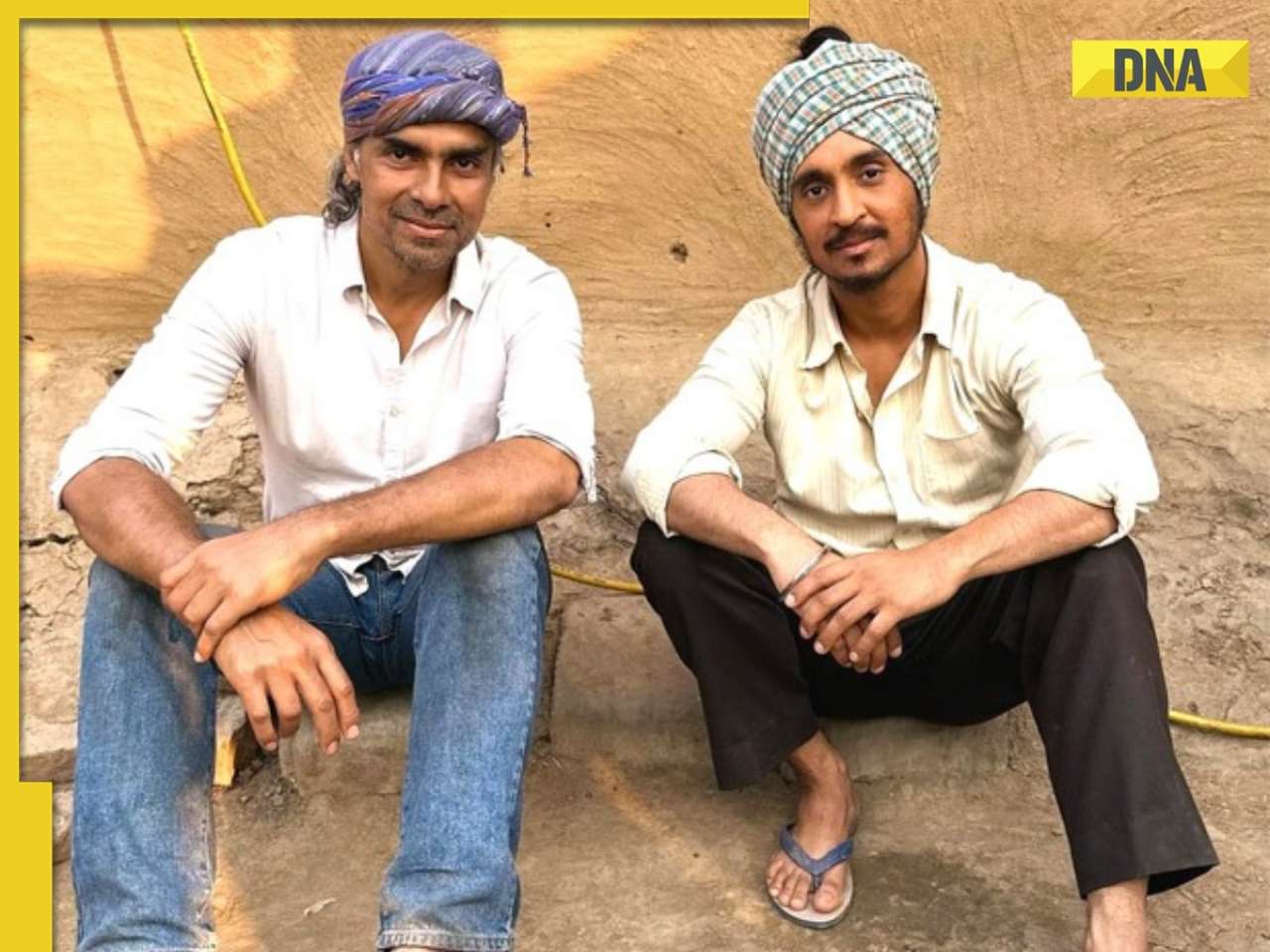





















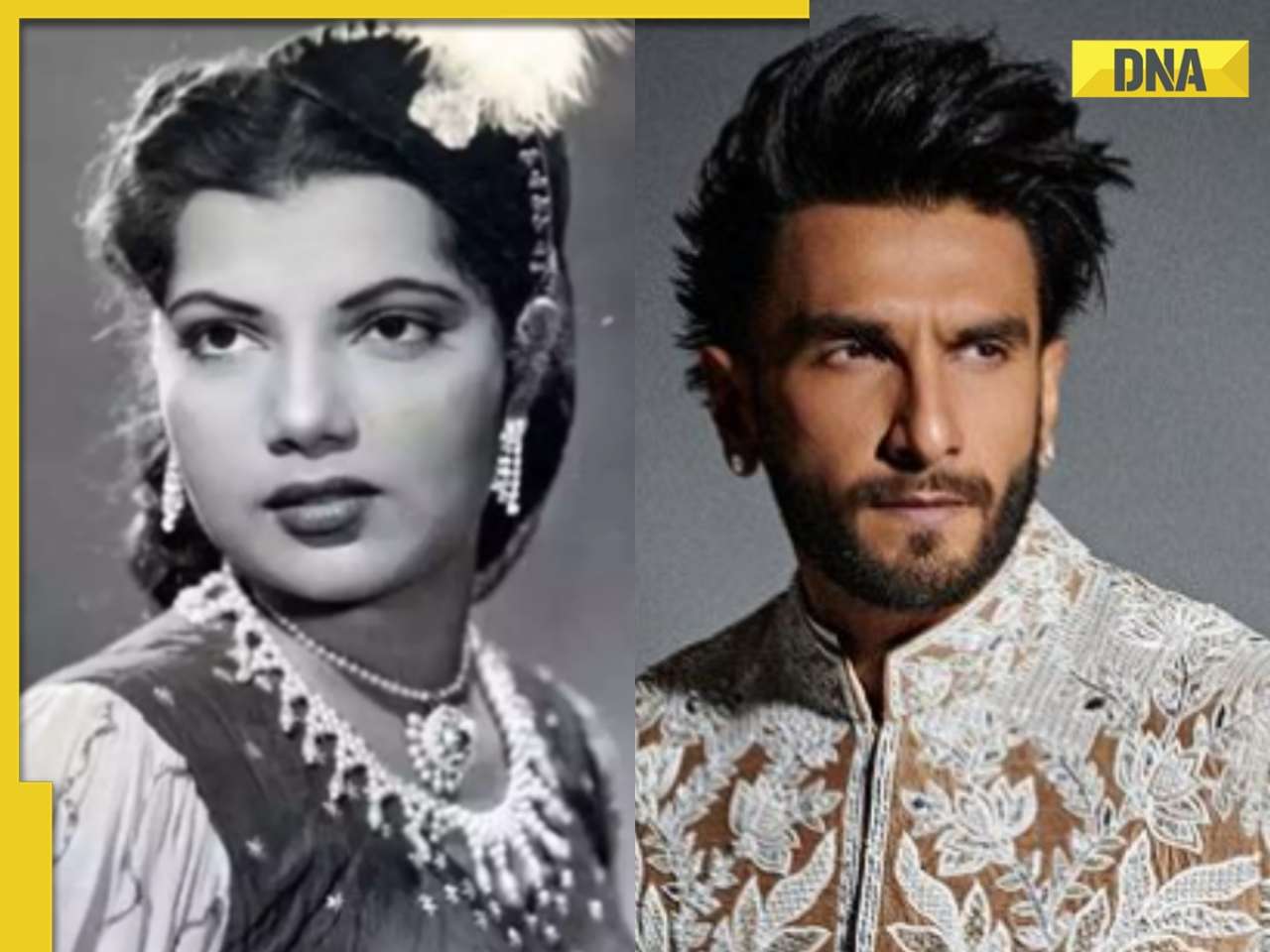


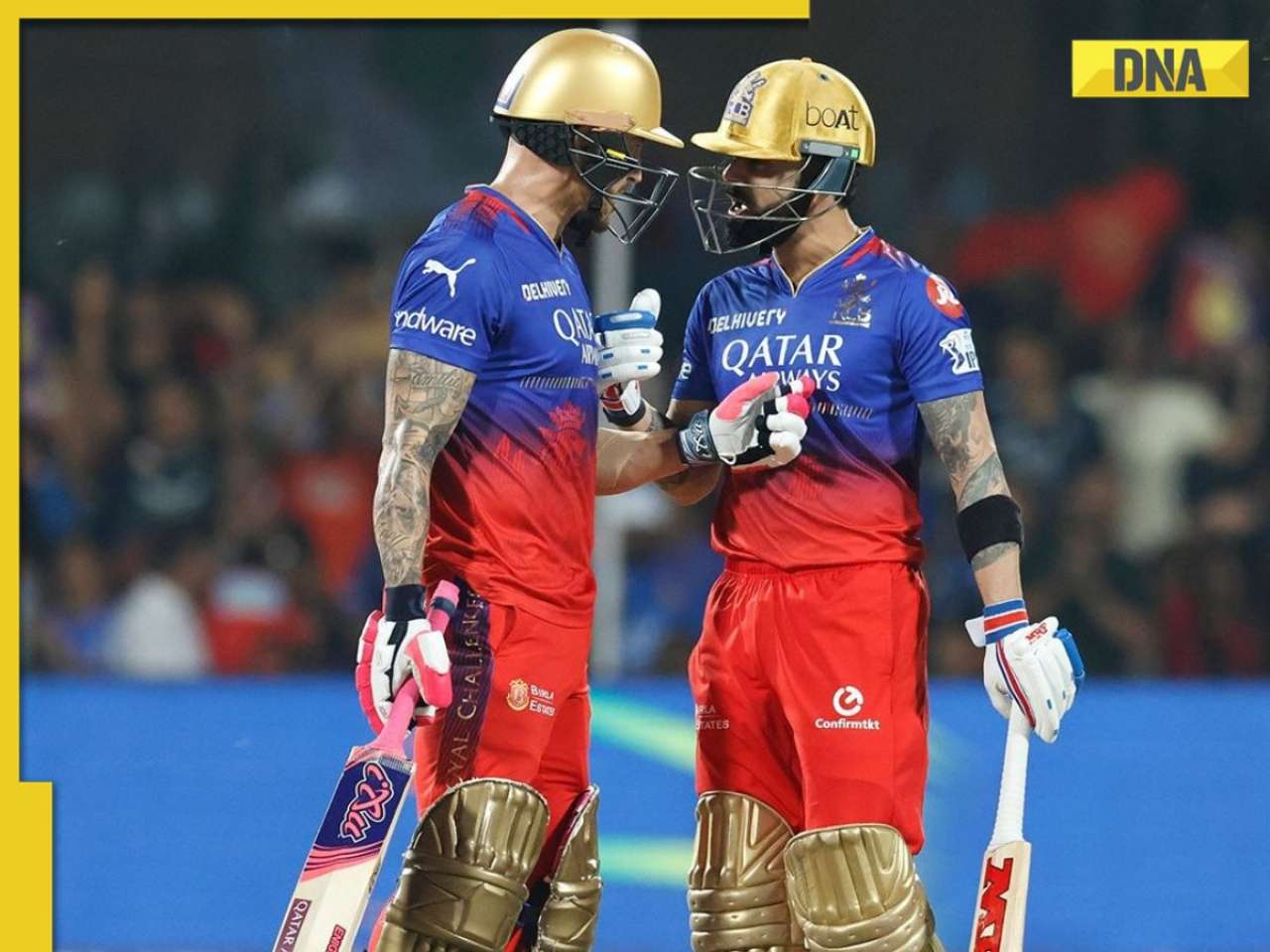
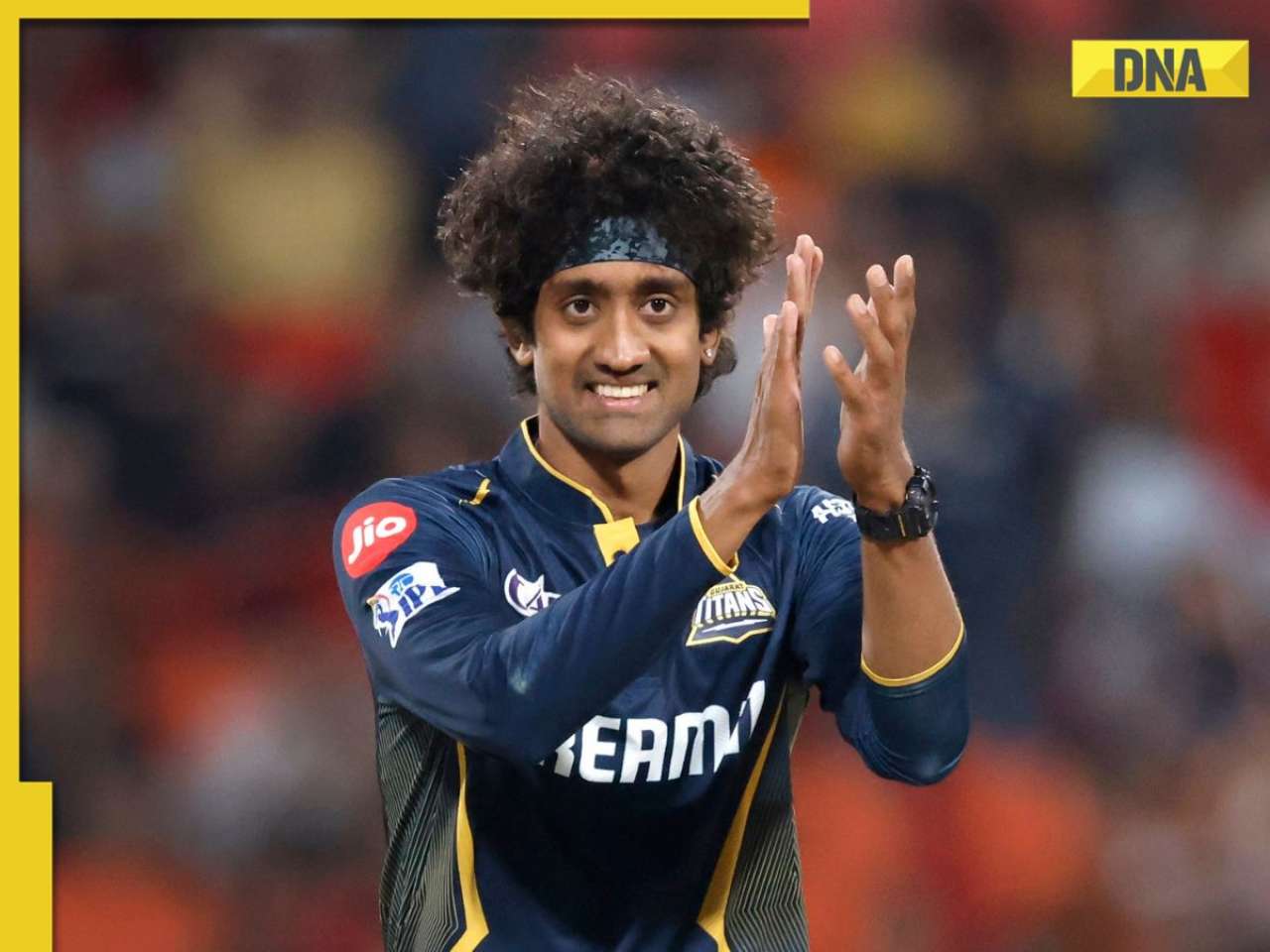

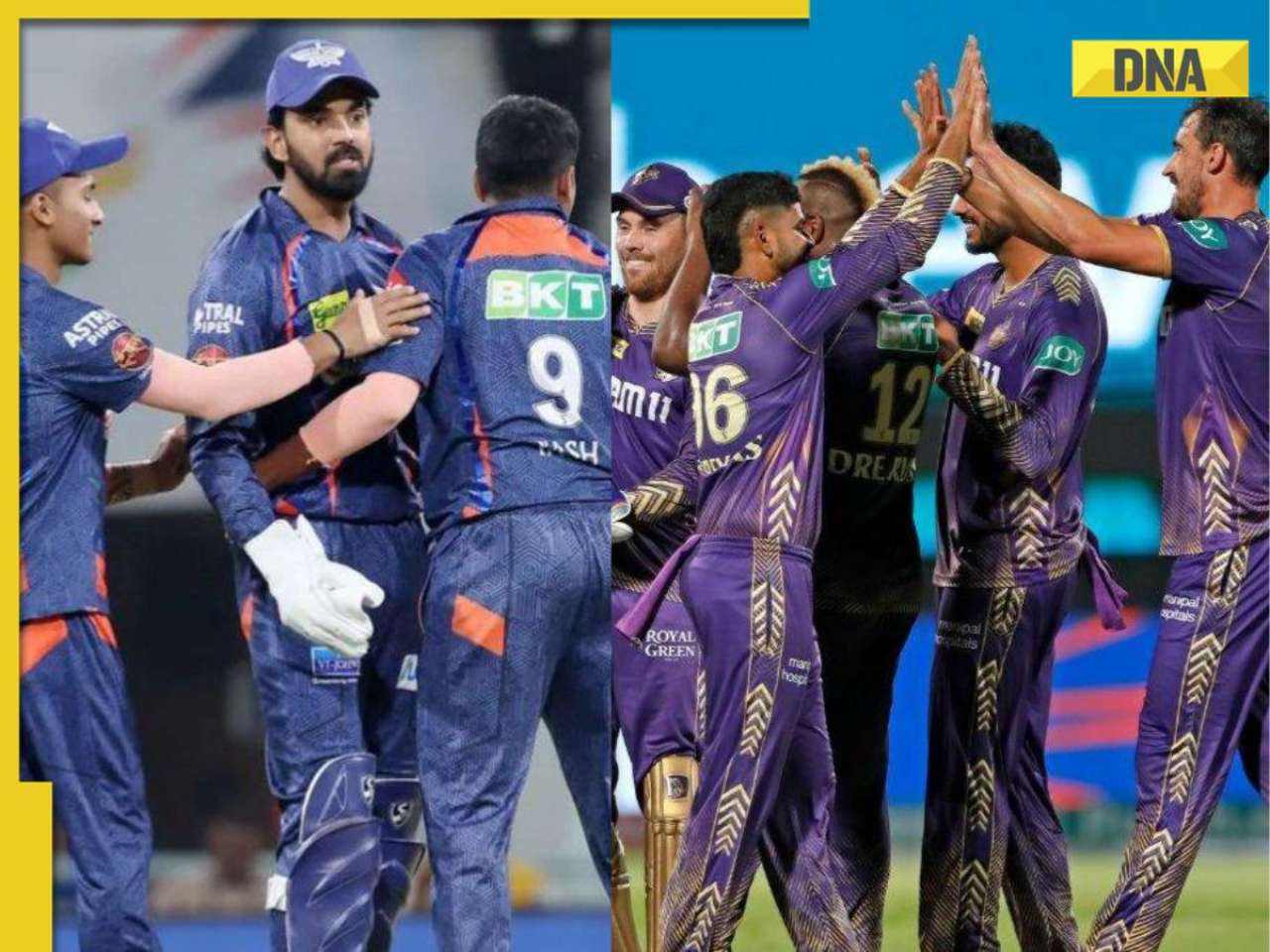


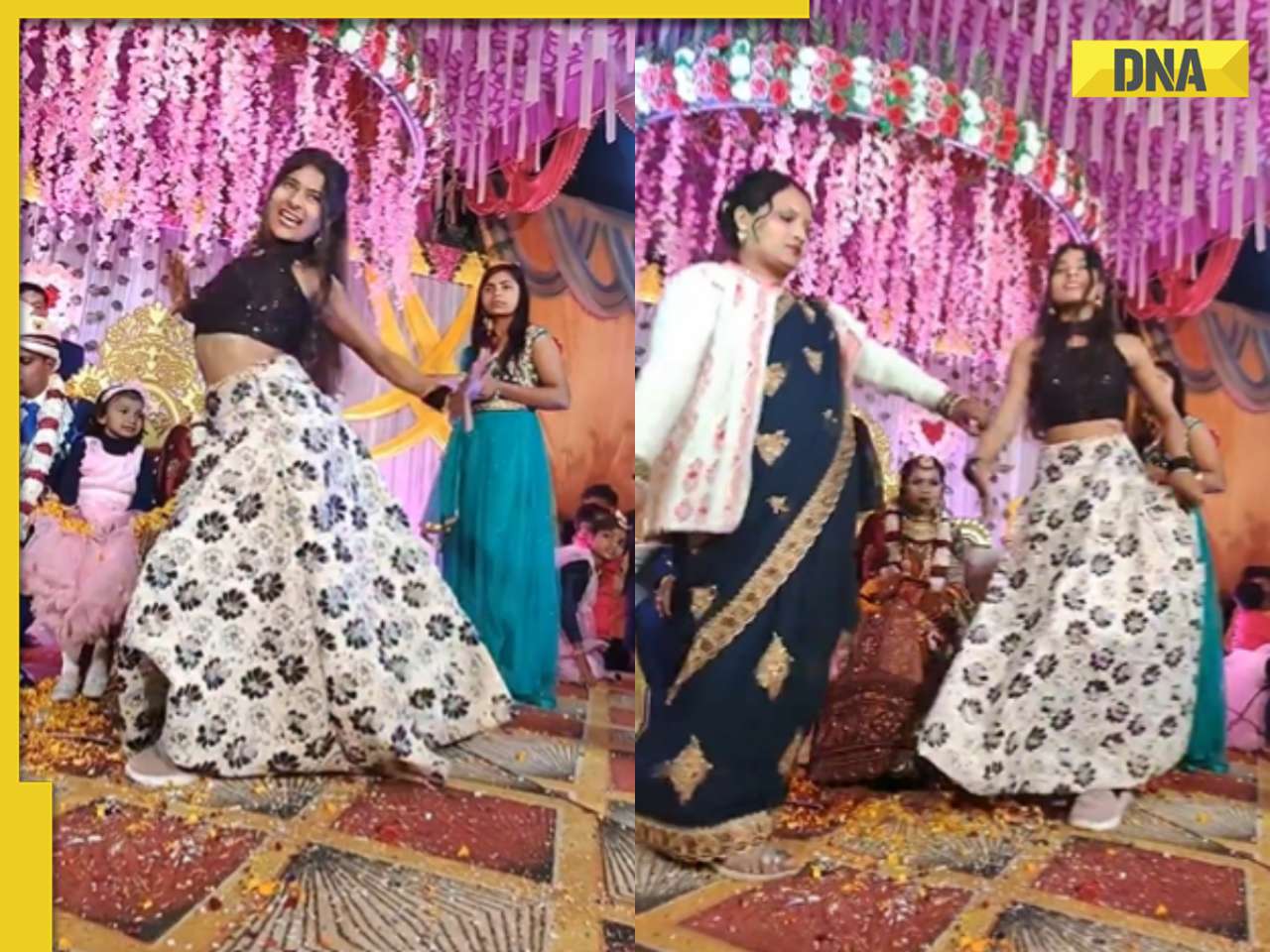



)









)
)
)
)
)
)